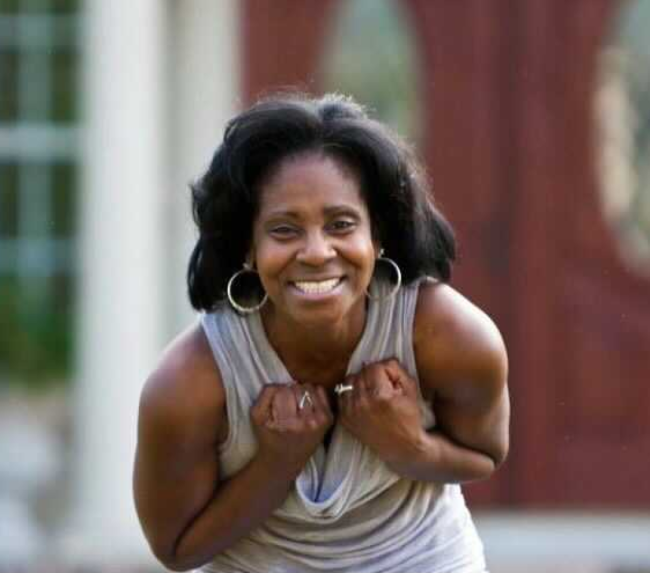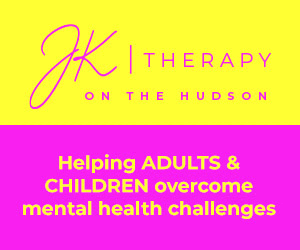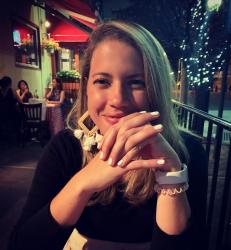October is Breast Cancer Awareness month, and this disease is one that affects so many people across the world. At the age of 39, and raising two young children, Sheila Duncan, a New Jersey resident was told she had the disease — and the only feelings were fear and fatality — as black women have a 31% breast cancer mortality rate {the highest of any U.S. racial or ethnic group}.
Disclaimer: This article is for informational purposes only — if you have any medical concerns, please contact your doctor.
Getting Diagnosed
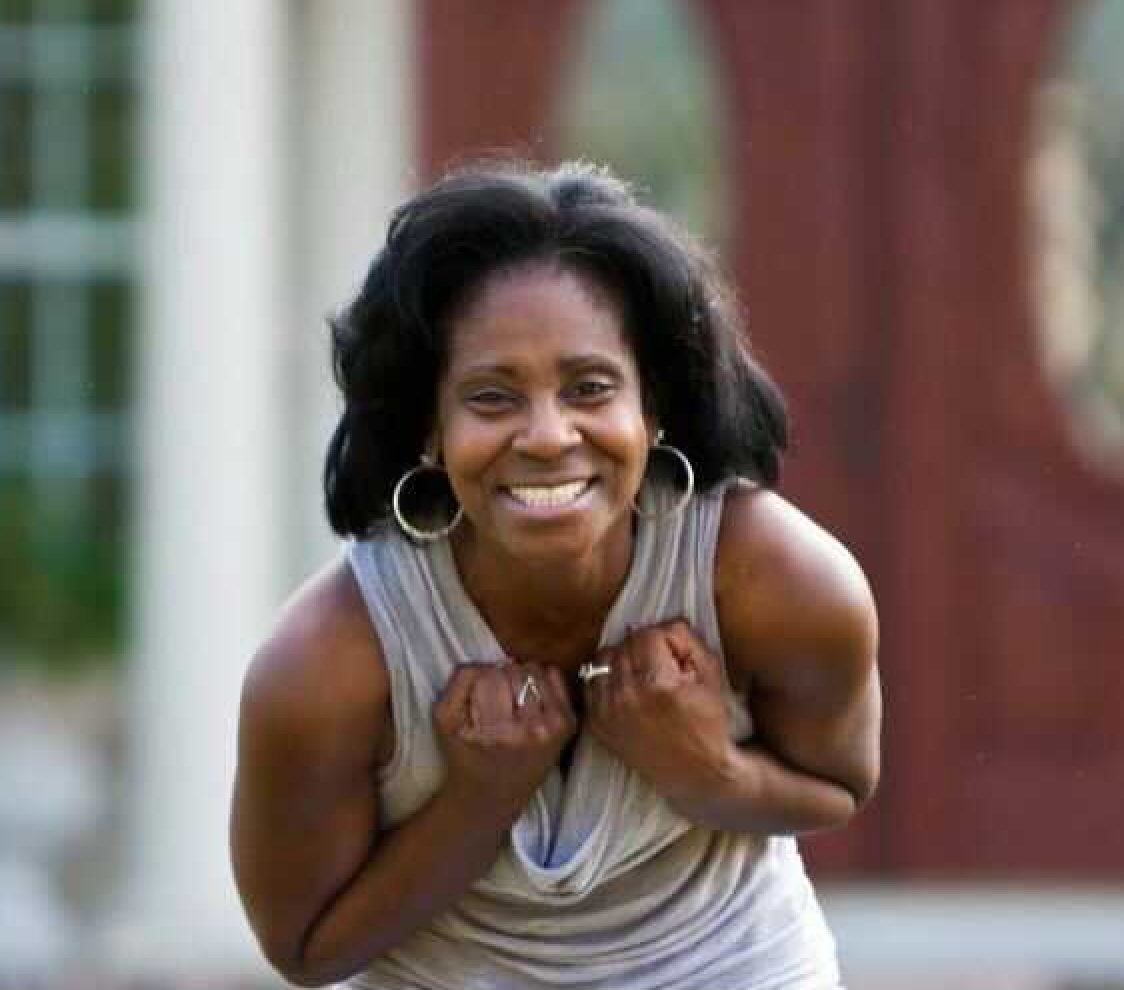
“As usual I made my yearly mammogram appointment in February of 2000, for some reason that screening didn’t sit right with me and I wasn’t sure why. I was told all was well, and that they would see me next year,” Sheilla shared with Hoboken Girl. “However, for some unknown reason, I went over to schedule a breast ultrasound for good measure. When I returned home and waited for my upcoming appointment, my husband felt something different and unusual at the top of my left breast. I told him that I had an ultrasound appointment scheduled, and would ask them about it.”
Needless to say, Sheila’s intuition was on to something.
The technician performing Sheila’s ultrasound stopped right at the exact spot in question. “He asked if I noticed anything different in that area, and then suggested I have whatever it was removed — but more for peace of mind,” Sheila remembers.
It turned out to be a malignant mass.
Read More: Breast Cancer Survivor Opens Wig Sanctuary in New Jersey
“While at my daughter’s first-ever softball game — in slow motion I processed the new information. Before this diagnosis, it was just me going through the process, but from the time my doctor gave me the news, the terminology changed to us,” Sheila recalled “I was no longer alone in this. For my husband and me, the kids were the main concern. I didn’t want to alarm them, as they were so young {at seven and five-years old}. We ultimately decided to address only the physical changes I would go through with them {mostly the hair loss from Chemotherapy}.”
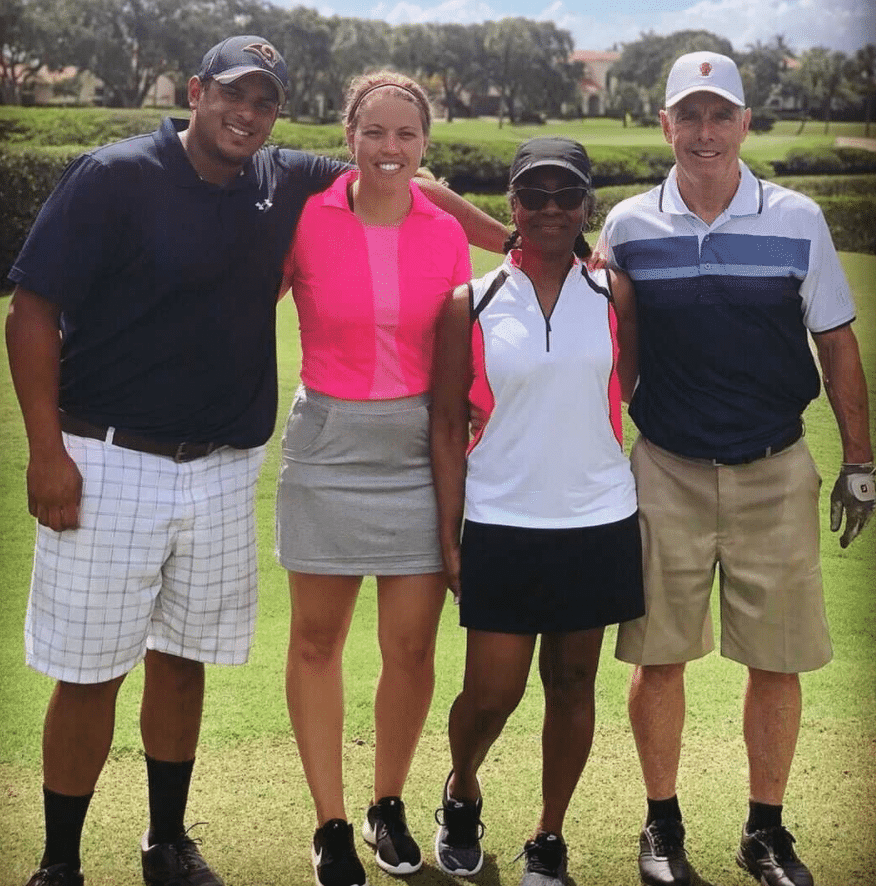
Sheila and her husband decided together that the best course of action was a lumpectomy, followed by chemotherapy and radiation, and then five years of Tamoxifen {a drug that is used for women at high risk of breast cancer, tamoxifen can be used to help lower the risk of developing breast cancer}.
“In 2009, my mammogram showed some calcifications in the exact same problem area nine years prior. It turned out to be possible precancerous cells, due to what can result from the previous radiation of the breast tissue,” Sheila told Hoboken Girl. “That year, I made the very difficult decision to undergo a bilateral mastectomy with reconstruction. As the years go by, the constant worry and reminders get less, but there is always that most significant reminder when you look down at your chest every day only to be filled with so many mixed emotions — but always grateful I’m still here with my family, and in good health.”
Sheila’s advice? “Regardless of age — get screened. Not only with a mammogram, but with an ultrasound as well. The ultrasound tech explained that those younger, the more dense the area around your breasts are {and a mammogram will not pick up on early concerns, should there be any}.”
Where Breast Cancer Meets Race
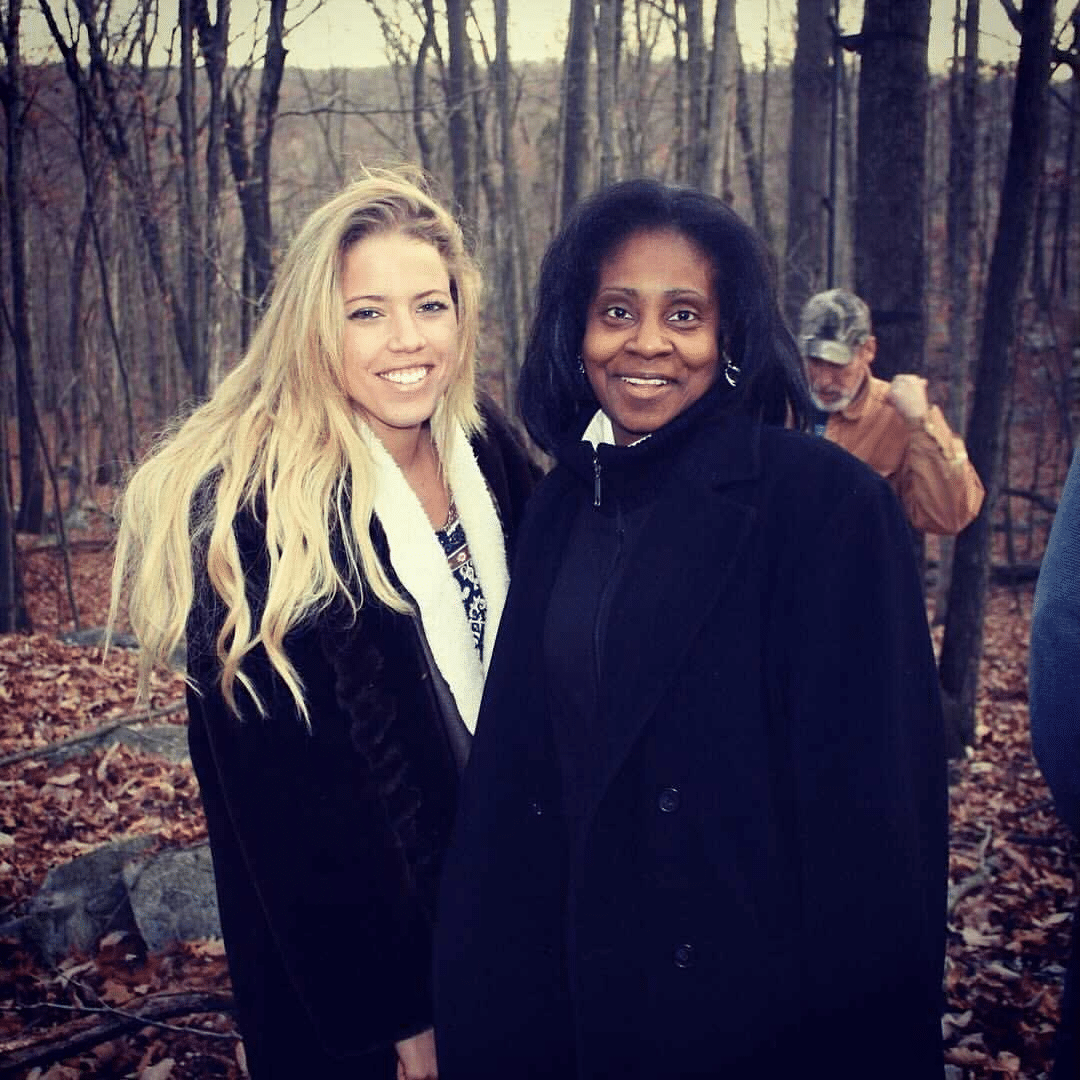
A two-time survivor, what’s inspiring Sheila these days is the connection between race and this awful disease.
While black women and white women get breast cancer at about the same rate, black women die from breast cancer at a higher rate than white women. Black women also tend to be diagnosed at a younger age than white women.
“Black women are often at a more advanced stage upon detection of breast cancer, and they may not have access to health care or health insurance so may have a lower frequency of longer intervals between mammograms,” Sheila explained.
See More: Breast Cancer Awareness Fundraising Events in Hudson County
To combat these health insurance disparities and more, advocates such as Sheila say that health care professionals must acknowledge that race and racism factor into health care.
The Black Women’s Health Imperative is a great resource that works to solve the most pressing health issues that affect black women and girls in the U.S. Since 1983, the nonprofit has delivered bold new programs and has advocated health-promoting policies. You can learn more, donate, and support the campaign here.
“To reduce this mortality rate in black women, early detection is key. And is the most powerful weapon to use in the fight against breast cancer. I’m lucky enough to have had access to great health care and yearly appointments. Many are not as fortunate, and we need to recognize that.”

